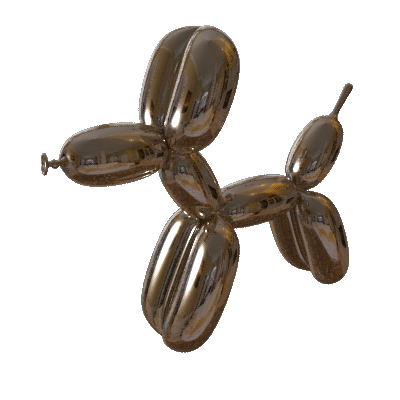Midas rejoiced in his new power, which he hastened to put to the test. He touched an oak twig and a stone; both turned to gold. Overjoyed, as soon as he got home, he ordered the servants to set a feast on the table. "So Midas, king of Lydia, swelled at first with pride when he found he could transform everything he touched to gold; but when he beheld his food grow rigid and his drink harden into golden ice then he understood that this gift was a bane and in his loathing for gold, cursed his prayer" (Claudian, In Rufinem).
 |
| https://commons.wikimedia.org/wiki/File:British_Museum_gold_coin_of_Croesus.jpg |
In a version told by Nathaniel Hawthorne in A Wonder-Book for Girls and Boys (1852), Midas found that when he touched his daughter, she turned to gold as well.
Now, Midas hated the gift he had coveted. He prayed to Dionysus, begging to be delivered from starvation. Dionysus heard his prayer, and consented; telling Midas to wash in the river Pactolus. Then, what ever he put into the water would be reversed of the touch.
Midas did so, and when he touched the waters, the power flowed into the river, and the river sands turned into gold. This explained why the river Pactolus was so rich in gold, and the wealth of the dynasty claiming Midas as its forefather no doubt the impetus for this aetiological myth. Gold was perhaps not the only metallic source of Midas' riches: "King Midas, a Phrygian, son of Cybele, first discovered black and white lead".[17]
Midas, now hating wealth and splendor, moved to the country and became a worshipper of Pan, the god of the fields and satyr. Roman mythographers asserted that his tutor in music was Orpheus.
Now it behooves me, of course, to tell you what they're missing. But it would be just about as difficult to explain to the South Sea islanders how they have to arrange things so that they get some wealth in their system. It is not something simple like telling them how to improve the shapes of the earphones. But there is one feature I notice that is generally missing in cargo cult science. That is the idea that we all hope you have learned in studying science in school--we never say explicitly what this is, but just hope that you catch on by all the examples of scientific investigation. It is interesting, therefore, to bring it out now and speak of it explicitly. It's a kind of scientific integrity, a principle of scientific thought that corresponds to a kind of utter honesty--a kind of leaning over backwards. For example, if you're doing an experiment, you should report everything that you think might make it invalid--not only what you think is right about it: other causes that could possibly explain your results; and things you thought of that you've eliminated by some other experiment, and how they worked--to make sure the other fellow can tell they have been eliminated.
Feynman http://neurotheory.columbia.edu/~ken/cargo_cult.html
The Vailala Madness also took a rigid line on the abandonment of the great cycle of initiations that were formerly a centre of social life in the Papuan Gulf. The cycle, known as hevehe and semese, would take over a decade to complete and involved the building of a huge man's cultic house, known as the eravo, in which were put ritual paraphernalia that were prohibited to women. The Vailala Madness destroyed the paraphernalia, and often the first step towards this was displaying the forbidden items to the non-initiated.








I was wondering where you got the image of the boy with the wooden goggles? I'm wanting to get permission to use the image in a presentation.
ReplyDeleteI think it was from the feynman article but the link seems to be dead now
Delete